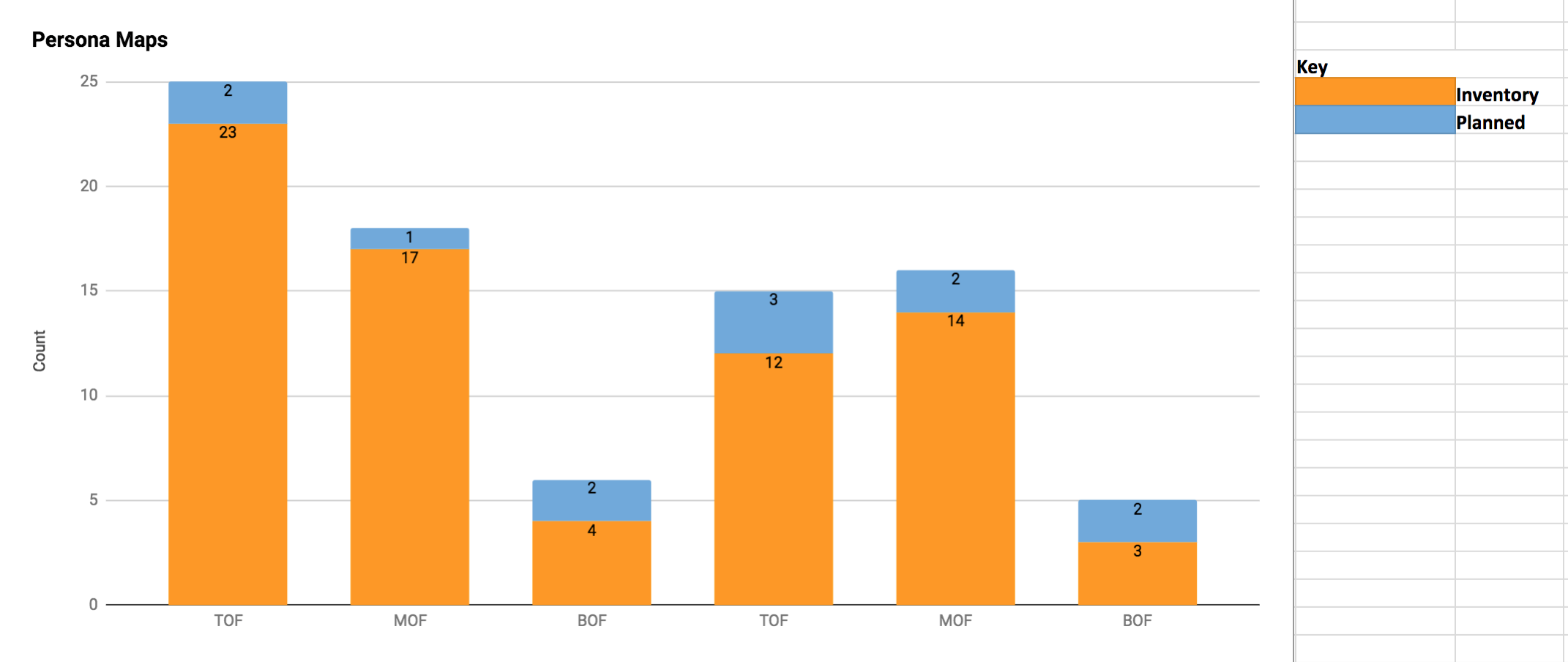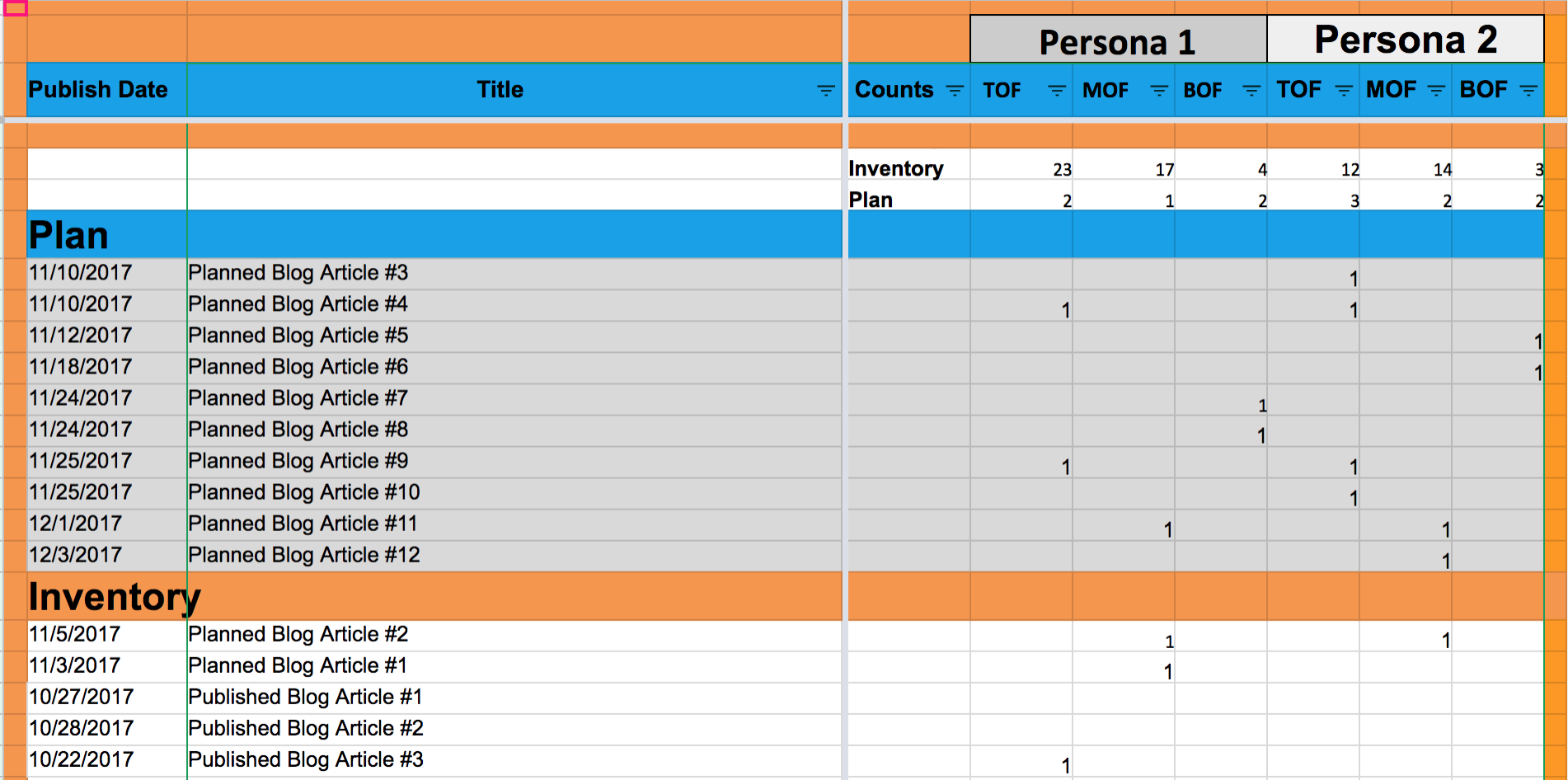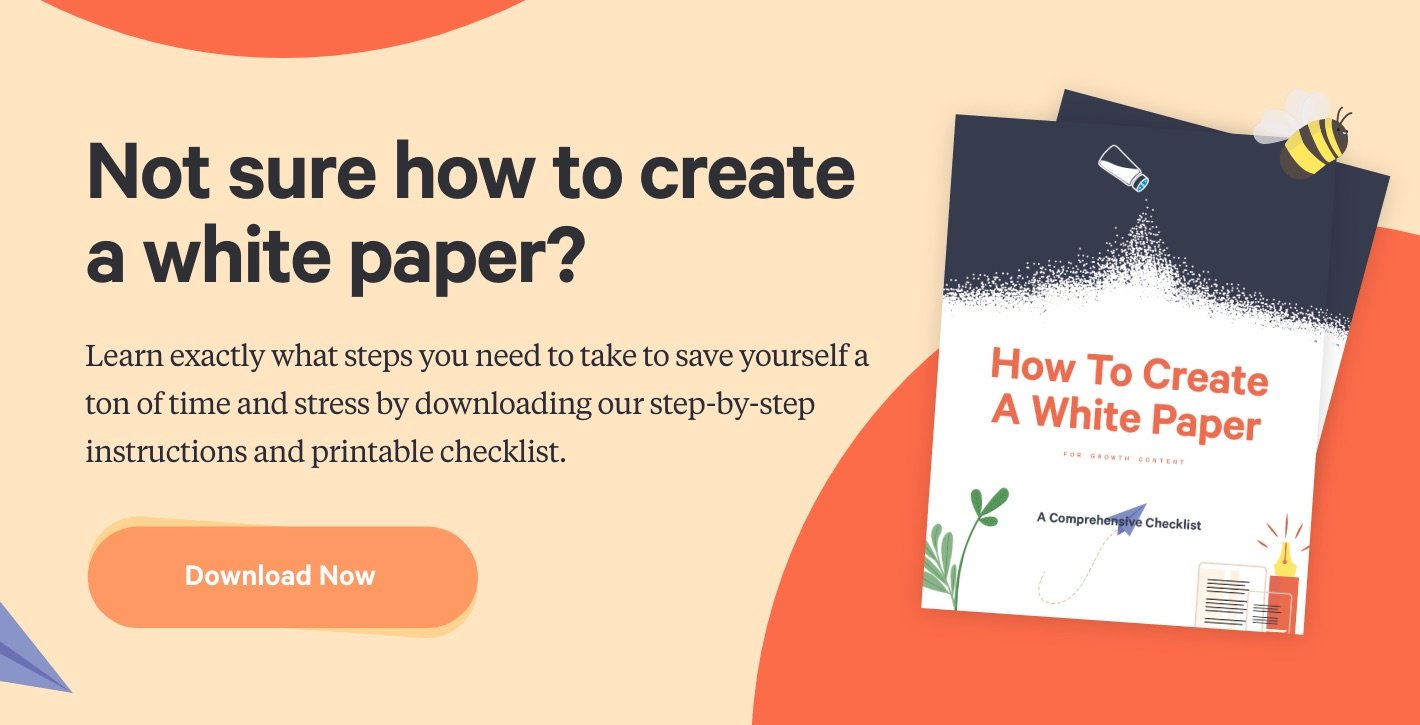Your Inbound Marketing Funnel Is Broken—Here’s How To Fix It



Chances are, you’re not reading this article because you want to know what an inbound marketing funnel is—you already know the basics. My hunch is that you’re reading this because you think you may not be using the inbound marketing funnel correctly. Maybe you’re getting a lot of traffic to your site but the leads aren’t panning out, or maybe your conversion rates are sub-par. If so, you may be considering what you can do differently—or dumping the “funnel approach” completely. Before you do, take a look at these three major problems companies face in each of the marketing funnel stages. See if you can use them to diagnose and fix your own problem.
Problem #1: You stopped your inbound marketing funnel at buyer personas.
If you’re frustrated because you’re not getting quality leads from your buyer personas, there’s a good chance you haven’t developed those personas enough. I love Lance’s keen observation: “For many companies, creating a buyer persona becomes an end to itself. If you stop after making one, all you really have is a sweet slide deck with lots of hypothetical data and you just end up feeling kind of good about yourself for getting it done.”
“Just doing them” isn’t enough—once you’ve identified your personas, you need to move to the next step: creating buyer questions. Buyer questions make you ask, “If I were my buyer persona, what problems would I be trying to solve?” Buyer questions are an incredibly valuable tool—absolutely worth spending some extra time on. They can give you insight that, when paired strategically with inbound marketing funnel stages, will help you create content that actually answers the questions your potential customers have.
The details involved in creating buyer questions are outlined in these two articles:
- Build Your Inbound Marketing Funnel With 1 Approach No One Talks About
- The 19,000-Word, Step-By-Step Inbound Marketing Plan (the “Create Buyer Personas” section)
Here’s how we identify buyer questions for our clients and for ourselves:
- Interview our customers.
- Interview our customers’ customers.
- Talk with people in the industry.
- Look at job descriptions that parallel the personas we’ve identified.
- Review our existing buyer personas and questions, and then compare them to data about who’s actually reading our content.
- Cutting personas that are no longer relevant.
I like what this HubSpot article says about personas:
Thoroughly researching your buyer personas should include everything from speaking to your sales team to speaking with your current customers (long-term and new) to researching current marketing trends to diving into your analytics. You can also develop and add to your personas as time goes on—they don't need to be "complete" from day one.
Problem #2: You aren’t creating content for all stages in the funnel.
If you have buyer personas and buyer questions, but you haven’t created content for each stage in your inbound marketing funnel, your content is probably all over the place.
Put yourself in your readers’ shoes: What if you had a specific problem and were looking for a solution? You’d want only the most helpful answer you can find—and you wouldn’t want anything extraneous that would waste your time. Once you got the answer, you may realize you have some additional questions, or you may want to learn more about a particular solution. This is the marketing funnel in action—and it works only when you have content that answers questions the interested party is asking right now (not what you think you you want them to ask).
Now think about the content you’re creating for people who have those kinds of problems. Are the answers you’re providing helpful, specific, and to-the-point, or are they rambling treatises on your product? If so, you’re not on the right path, and you need to consider your approach.
If you’ve got this problem, I suggest taking a look at our free inbound marketing workbook. You can use it to define and organize information on your personas, content, and content inventory calendar (so you can see what type of content you have and what you need to create more of). It also shows you where your TOF, MOF, and BOF content are plugged in, so you aren’t wasting time creating content that tries to do it all but doesn’t really do anything.

Problem #3: You’re talking only about yourself.
Oh, man. This is the one I beg, implore, and plead with you to stop doing right this moment. If you’re doing this exclusively, you’re not going to go anywhere fast, because talking only about yourself doesn’t work.
In one of my favorite articles, Meredith says this:
If you only have BOF offers, forms, and CTAs, you’re only focusing on the very small number of people who are ready for this kind of commitment (to either working with you or getting married after the first date, take your pick). In fact, you’re probably scaring away a good portion of the population who, given time, might be interested in talking with you but aren’t willing to do so after spending just five minutes on your website.
We’ve worked with subject matter experts—truly brainiac people in their fields—whose first and only inclination is to talk about their solution to every problem they can solve. I get it—you’re an expert and have this really cool solution. But you can’t completely ignore any problems or questions that aren’t directly solved by your product.
If you’re talking only about what you can fix, then I guarantee you’re missing out on a large number of potential customers. These people you’re missing out on have questions that don’t exactly correlate with your product, but they could become good customers if they understood more about tangential problems they’re facing (and the solutions to them—solutions like yours). But since you won’t talk about those problems, you’ll miss them completely. And that’s really unfortunate for them and you.
If your first inclination is to write about what you do, squash that reaction and instead address the customer’s pain points. Successful inbound marketing content isn’t about how great your company is; it’s about building a relationship that begins at the stage where your potential customer is by providing them with content that matters to them.
Be helpful where they are, and if the lead is a good fit—and if you provide answers (in terms of TOF and MOF content) to their questions—you stand a good chance of wooing them to the point where they actually want to know about you and your company. Then, you can talk about you in your BOF content!
Even if your inbound marketing funnel is terrible right now, it doesn’t have to stay that way.
To summarize, here’s what you can do to fix your inbound marketing funnel:
- Make sure your buyer personas are indicative of your ideal customer(s).
- Make sure you have buyer questions to go along with your buyer personas.
- Review your content to make sure you have TOF, MOF, and BOF content—our workbook can help you do this in a visual way.
- Stop talking (and writing) only about your company—and write about your potential customers’ pain points instead.
Need help getting on the right track? Schedule a free evaluation with Lance to see if we can help.


